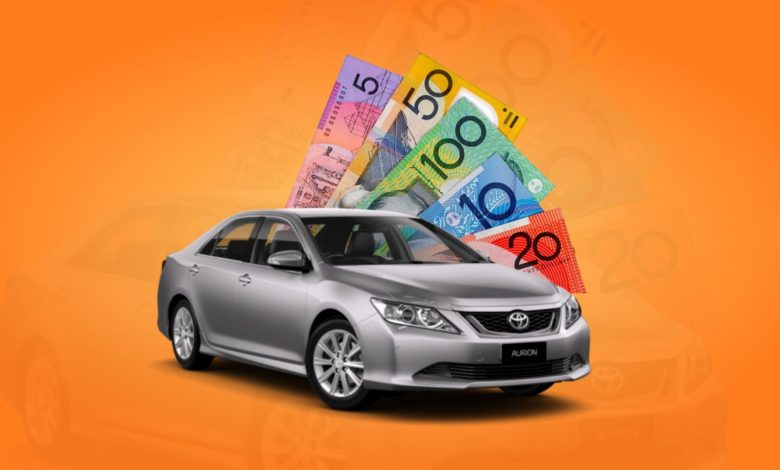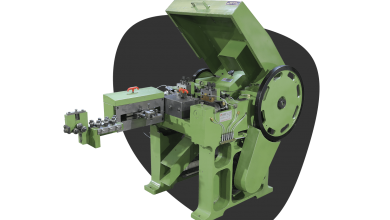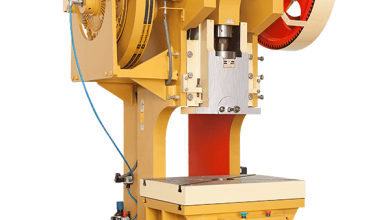An end of a gleaming era of car manufacturing in Australia

October 2017 was a difficult time for Holden. One of Australia’s top car manufacturing companies owned by General Motors went through turbulent times and in the end, had to close down their operations in Australia for good. After approximately 100 years, Holden closed its doors as the last Australian manufacturer in 2017, leaving behind 25,000 employees without jobs.
Holden is not the first brand to stop their manufacturing process in Australia. Before Holden, manufacturing giants such as Ford, Toyota and Mitsubishi had already stopped their production.
Mitsubishi was the first OEM company to stop its production in Australia. Their first factory was closed in Adelaide in 2014, and their second location was closed in 2008, leaving thousands of workers jobless.
Ford informed the public beforehand
On the other hand, Ford informed the public beforehand in 2013 that they would stop their manufacturing by 2016. After the announcement, Ford began their downsizing process and reduced its staff count by 1200. When the last model of Ford Falcon XR6 rolled off their assembly line, there were still 600 people in their manufacturing plant, which they left jobless.
Toyota closed their Melbourne plant
A few days before Holden, in October 2017, Toyota also closed their Melbourne plant that used to manufacture Toyota’s most popular model, the Camry. The decision to close Toyota’s plant left more than 2500 people jobless. According to Toyota officials, the reason for closing down the plant was low economies of scale, high Australian dollar prices, and expensive manufacturing.
The above-mentioned sentiments were expressed by all the manufacturers that closed their plants in Australia. So, let’s further discuss the factors that played a big part in destroying Australia’s car manufacturing industry.
Better and cheaper cars arriving in the market
Toyotas reasoning for closing the manufacturing plants were valid, but the problem existed beforehand, and no steps were taken to remedy them. At the time Toyota and Holden closed down their facilities, taxpayers were funding the industry for the last ten years, shelling out around $5 billion.
The car industry argues that they invest 3 dollars for every one dollar given by the taxpayer, but these numbers are up for debate. With zero import tariffs in Australia for over a decade, a variety of foreign cars flooded the market. These foreign vehicles were cheaper and were equipped with the latest features. And this is why people preferred foreign cars over the locally-produced ones, resulting in the decline of the local industry.
No support from the government
For a more significant part of its car imports, Australia maintained a zero-tariff policy. According to official records, 77% of all the newer vehicles in 2017 were tariff-free. This is a strong blow for the local car manufacturers. Another example of lack of government support was Australia’s deal with Thailand.
In 2005 Australia and Thailand struck a deal in which both countries were to trade their vehicles tariff-free. This seems like a good step towards bilateral relationships between the countries.
Registration fees for Australian vehicles
But unfortunately, Thailand maintained expensive registration fees for Australian vehicles with large engines such as Australian Ford and Holden. The result of this trade agreement was, over 2 million Thai vehicles entered the Australian market. Only 100 Ford SUVs were imported into Thailand.
And because Thailand themselves manufacture Camry, there was no opportunity to export them either. So this deal further reduced the value of locally produced cars in Australia.
All the business going to developing countries
Another factor that was against Australian car manufacturing was labour cost. In Australia, as it’s a developed nation, car manufacturing workers’ labour cost on average is $69,000. Compared to this, Thailand, which is a developing nation, pays its car manufacturing workers an annual salary of $12,500. This is a significant difference in terms of added costs.
Low labour costs are a competitive advantage needed by car manufacturers to increase their profit margins and make their vehicles accessible to all customers across all income levels. That is the reason why vehicle prices from Japanese and Korean brands are relatively low compared to the vehicles provided by EU manufacturers, where labour cost is high.
Australian vehicles are being considered as a safety hazard by people
In 2004, Holden built around 165,000 vehicles; in 1984, Ford manufactured 155,000 cars, and in 2007, Toyota built 148,00 vehicles. These were the years where their demand was at its peak. But in the year 2016, the three giants of car manufacturing only produced 87,000 vehicles combined. This is because the demand for these locally manufactured vehicles became so low that year, leading to the demise of automotive production and popularity.
Lowering the import tariff on vehicles
Many citizens raised their concerns and tried to coerce the government to reduce the import tariffs altogether on foreign vehicles. Their reason is to accelerate the renewal cycle of the old vehicles. The main argument put forward was road safety. The statistics showed that 20% of the Australian manufactured vehicles produced before the year 2000 were involved in 33% of the major accidents on the road leading to deaths.
The citizen believed that lowering the import tariff on vehicles would help with the disposal of older ones, and people would more likely buy new vehicles with better safety measures.
Growing Automotive Trend in Australia
In other words, there is a growing Automotive trend in Australia towards road safety. And people believe that having newer vehicles on the road will lead to a better and safer Australia. But, unfortunately, most people cannot afford to purchase Australian-produced cars due to high charges. They prefer to buy cheaper foreign vehicles because they provide similar features at a much lower cost.
Soon these locally manufactured Holdens, Fords, and Toyotas will disappear from the roads. It will finally be the end of a fantastic era of Australian manufactured vehicles. This resulted only because the car manufacturers could not understand their customers’ needs and demands, and their own government did not support them.
How to sell your car with us?
Adrians Metal Recyclers do things efficiently, meaning no hassle and instant services. We get you the easiest yet fastest way to get in touch with us and sell you a bad vehicle. Take a look at the steps below to know what we are talking about:
- Hit us up at (07) 2102 3806 or you can visit us anytime just provide us with all the necessary information about your vehicle, i.e. mileage, condition, colour, model, making etc.
- Within some days, we will be at your service to inspect your car.
- At this point, our experts will assess the condition of your car, which help us determine the value and worth of your car.
- Usually, at this point, we offer you a free quote as well.
- You can easily book a free car removal slot strictly after you accept our free quote.
- Right after that, our tow truck driver will be at your service to pick your vehicle.
- Meanwhile, we can get all the documentation and paperwork done to make things easier for both parties.
Bio
The author is working as the Senior Manager at Adrian’s, top-rated cash for cars in Gold Coast, which offers customers same-day car selling opportunities and pays up to $9,999 in instant cash for cars in QLD. He has over 12 years of experience working in the automotive industry, and in his spare time, he likes to share his knowledge by writing informative blogs.





